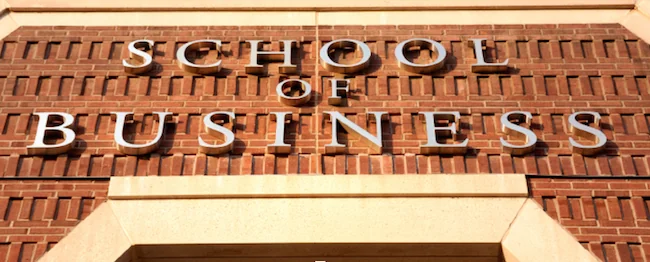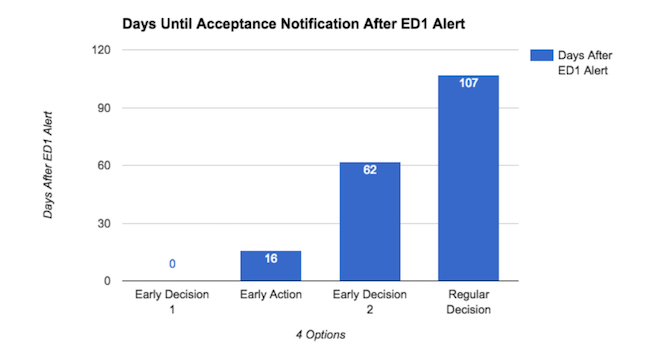As I started to explain towards the end of my last article, I have created a college list on a spreadsheet (with 1,830 cells). Here are a few of the filters that I have found to be useful, specifically for high schoolers interested in business school or in the field of finance:
(1) Number of matriculated students the college/university from your high school.
(2) Total school enrollment.
(3) Most majors relevant to your interests.
(4) Early Decision 2 and (5) Early Action.
(1) Number of matriculated students from your school is a helpful statistic to know because it shows the colleges/universities your high school is “buddies” with. For example, if two schools have the same acceptance rate (same difficulty), but school A admits 10 students from your school each year, while school B admits 1 student per year, you have a much better chance at school A. Plus, at school A, you have 10 alumni who will give you honest feedback about their experience, something that is hard to find during the college search.
(2) Total school enrollment is one of the most important pieces of data out there. The obvious, yet important, usage of this statistic is to figure out your general class sizes. At a school with 50,000 students, you will have lots of classes with at least 100 people, but at a school of 1,500 your largest class might be 50 people. The underlying significance of this statistic is to find out the depth of each subject. Middlebury, for example, has 2,533 students and only has 3 majors that are either math or business related: International Politics & Economics, Economics and Mathematics. Meanwhile, University of Virginia with 23,732 students has 10 options: Economics-Finance, Mathematical Statistics, Economics-International Economics, Economics-Public Policy, Information Technology, Financial Mathematics, Business Analytics, Finance, Quantitative Finance, and Statistics-Econometrics.
I would prefer to choose from ten options and get my third choice, than to choose from three options and get my third choice. Another bonus of a large school is that you have more connections for future internships or jobs than a small school. However, it is important to note that at large public universities, such as University of Virginia around two-thirds of the enrollment is by in-state residents. Meaning, although some of the bigger schools may have more connections, these connections may be concentrated in a single state.
(3) Most majors relevant to your interests gives you the flexibility to change your major within your desired field. For example, if you choose economics, but then you realize you do not enjoy it because the subject matter is too broad and you want a more specific major such as finance, you have the ability to change. Plus, if a school only has economics, maybe the school is not as serious about business as you would like them to be.
(4) Early Decision 2 is mostly about luck. Not regarding your chances of acceptance, but instead about if a school you are willing to apply ED2 offers this decision method. Almost every school offers Early Decision 1, but very few in comparison offer ED2. A few notable schools that do allow ED2 include: Tufts, Colby, Bucknell, Claremont McKenna College and Wesleyan University. The benefit of applying with this method is that ED2 gives you the opportunity, if your ED1 is unsuccessful, to apply to a school with a higher likelihood of getting accepted than if you waited for regular decision. Another reward for applying with this approach is that you receive the notification of acceptance between one and two months earlier than if you applied regular decision.
(5) Early Action has no downside. The two main benefits are: getting your result three to four months earlier than regular decision and showing each college you apply EA to that you really care about this school because you worked hard to get the application in early (maybe adding a slight increase in your chances of being accepted).
Murray Green is a junior at the Noble and Greenough School in Dedham, Mass. He earned highest distinction last semester and is founder and president of the school’s Stock Algorithm Club (STAC), He loves numbers and statistics–and the stock market. And he will be writing about his experiences in applying to college for Poets&QuantsforUndergrads.
DON’T MISS: PART I: A HIGH SCHOOLER’S JOURNEY TO B-SCHOOL














Questions about this article? Email us or leave a comment below.